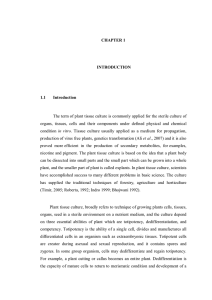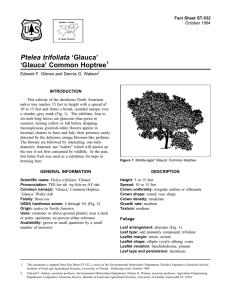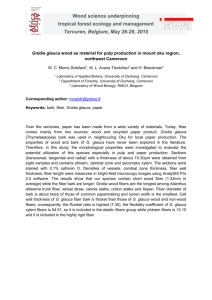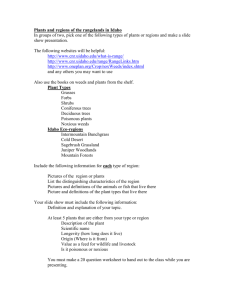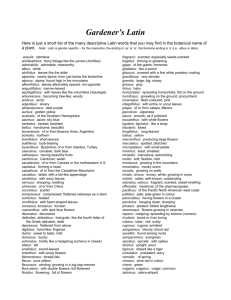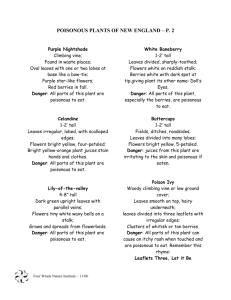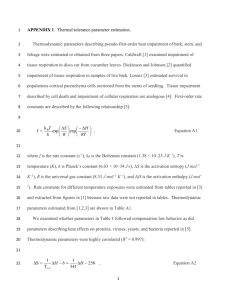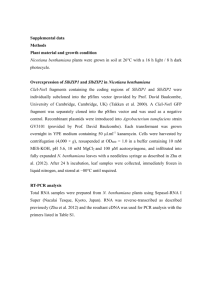Article 122 Nicotiana glauca - Botanical Society of South Africa
advertisement
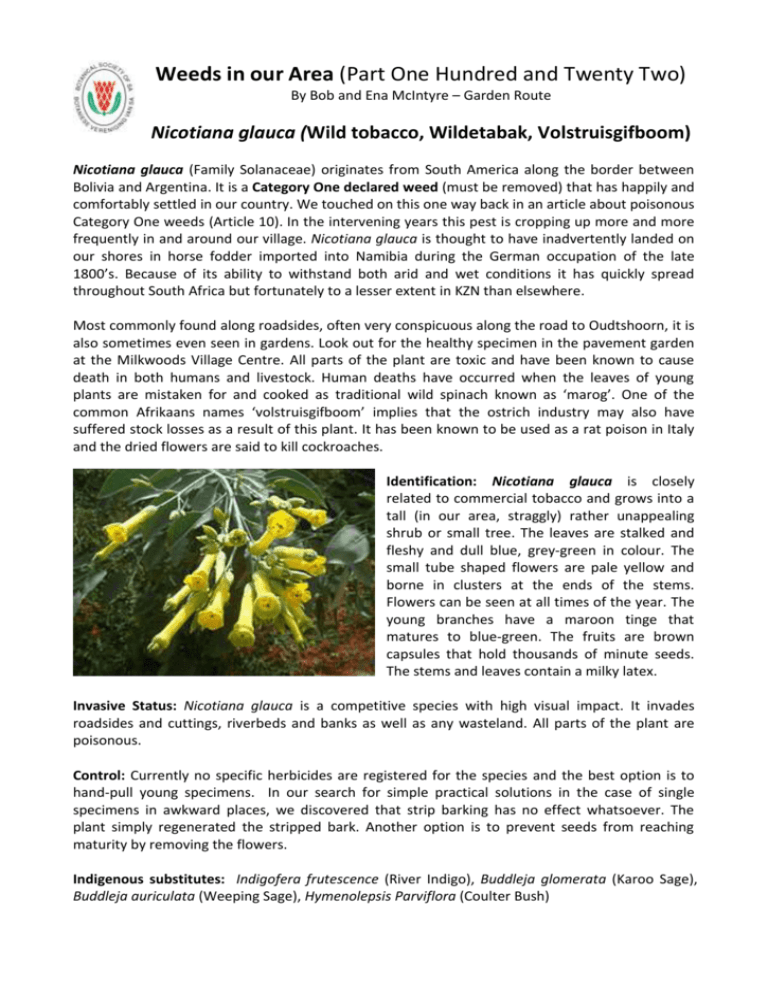
Weeds in our Area (Part One Hundred and Twenty Two) By Bob and Ena McIntyre – Garden Route Nicotiana glauca (Wild tobacco, Wildetabak, Volstruisgifboom) Nicotiana glauca (Family Solanaceae) originates from South America along the border between Bolivia and Argentina. It is a Category One declared weed (must be removed) that has happily and comfortably settled in our country. We touched on this one way back in an article about poisonous Category One weeds (Article 10). In the intervening years this pest is cropping up more and more frequently in and around our village. Nicotiana glauca is thought to have inadvertently landed on our shores in horse fodder imported into Namibia during the German occupation of the late 1800’s. Because of its ability to withstand both arid and wet conditions it has quickly spread throughout South Africa but fortunately to a lesser extent in KZN than elsewhere. Most commonly found along roadsides, often very conspicuous along the road to Oudtshoorn, it is also sometimes even seen in gardens. Look out for the healthy specimen in the pavement garden at the Milkwoods Village Centre. All parts of the plant are toxic and have been known to cause death in both humans and livestock. Human deaths have occurred when the leaves of young plants are mistaken for and cooked as traditional wild spinach known as ‘marog’. One of the common Afrikaans names ‘volstruisgifboom’ implies that the ostrich industry may also have suffered stock losses as a result of this plant. It has been known to be used as a rat poison in Italy and the dried flowers are said to kill cockroaches. Identification: Nicotiana glauca is closely related to commercial tobacco and grows into a tall (in our area, straggly) rather unappealing shrub or small tree. The leaves are stalked and fleshy and dull blue, grey-green in colour. The small tube shaped flowers are pale yellow and borne in clusters at the ends of the stems. Flowers can be seen at all times of the year. The young branches have a maroon tinge that matures to blue-green. The fruits are brown capsules that hold thousands of minute seeds. The stems and leaves contain a milky latex. Invasive Status: Nicotiana glauca is a competitive species with high visual impact. It invades roadsides and cuttings, riverbeds and banks as well as any wasteland. All parts of the plant are poisonous. Control: Currently no specific herbicides are registered for the species and the best option is to hand-pull young specimens. In our search for simple practical solutions in the case of single specimens in awkward places, we discovered that strip barking has no effect whatsoever. The plant simply regenerated the stripped bark. Another option is to prevent seeds from reaching maturity by removing the flowers. Indigenous substitutes: Indigofera frutescence (River Indigo), Buddleja glomerata (Karoo Sage), Buddleja auriculata (Weeping Sage), Hymenolepsis Parviflora (Coulter Bush) References: “ALIEN WEEDS AND INVASIVE PLANTS”: Lesley Henderson. Copyright © 2001 Agricultural Research Council. Problem Plants of South Africa: Clive Bromilow. Wikipedia.
